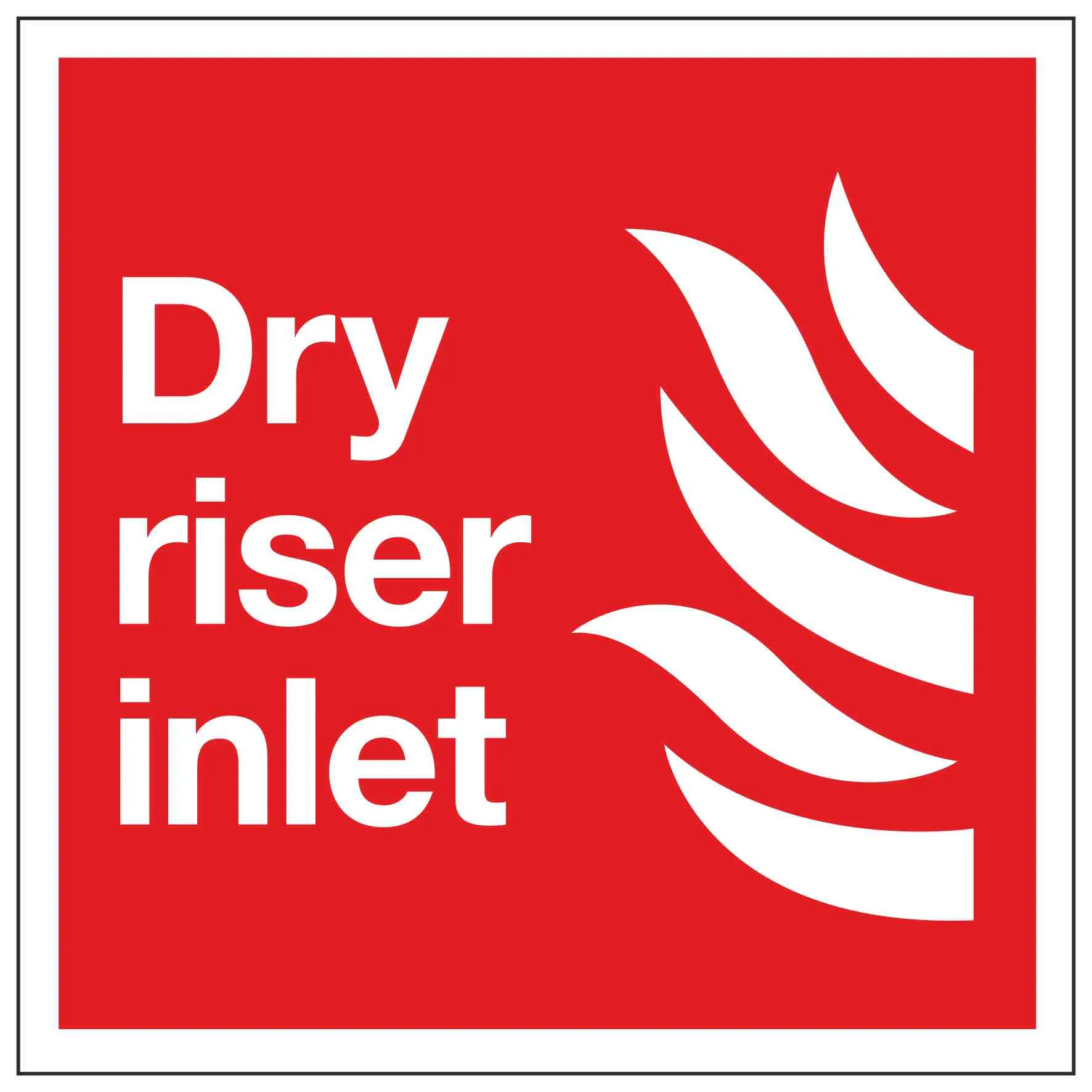Dry risers and wet risers are both fire protection systems used in buildings, but they have different purposes.
The first key difference is water presence.
Dry riser inlet box and dry riser outlet systems are left empty when not in use, water is only introduced to them when firefighters connect a hose to the inlet breeching valve on the ground floor. They are usually installed in buildings where water cannot be permanently stored due to pipes easily freezing. Wet riser systems are permanently stored with water, making it immediately available for firefighters in the event of a fire.
The second key difference is water supply.
The water supply for a dry riser inlet box is provided by the fire brigade when needed. The hoses are connected to the inlet valve on the ground floor and water is pumped into the system to reach the necessary location. However wet risers are connected to a permanent water supply, such as the buildings mains supply. Firefighters therefore do not have to rely on an external water source.
Dry risers are used in high rise buildings between 18-50 metres where the installation of a wet riser may be impractical or where there is concern of pipes freezing. Whereas a wet riser is often used in buildings over 50 metres high or large commercial buildings where immediate water supply would be needed.
Both dry risers and wet risers require the same maintenance to ensure they meet with correct regulations. Both should be visually inspected every 6 months and hydraulically tested ever 12 months. The property owner is responsible for the maintenance of both wet and dry riser systems. If the system does not meet regulatory requirements the outcome could be crucial.
If you need your dry riser or wet riser installed or serviced here at Total Safe we can help.
Please contact us on 01375 265950.

